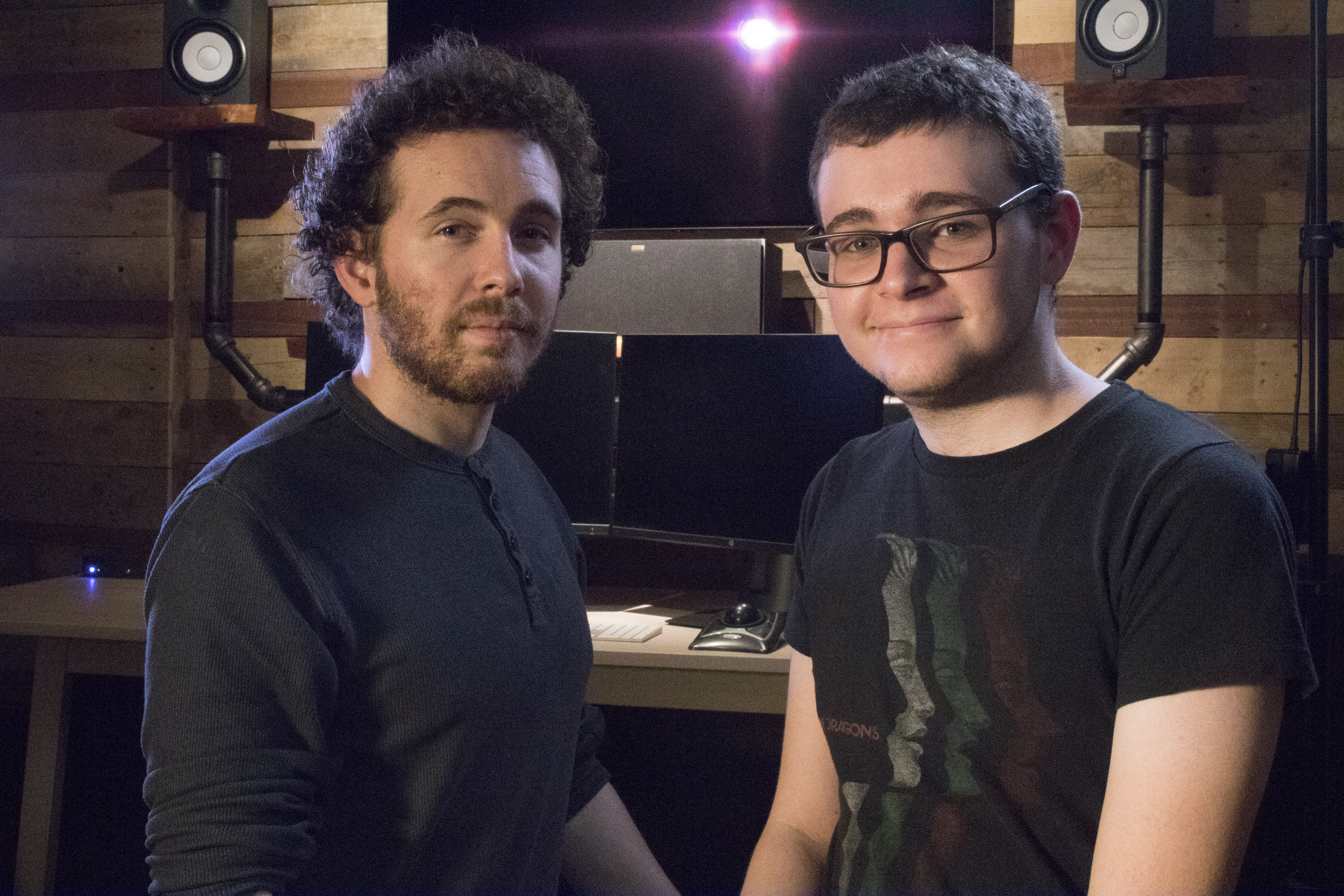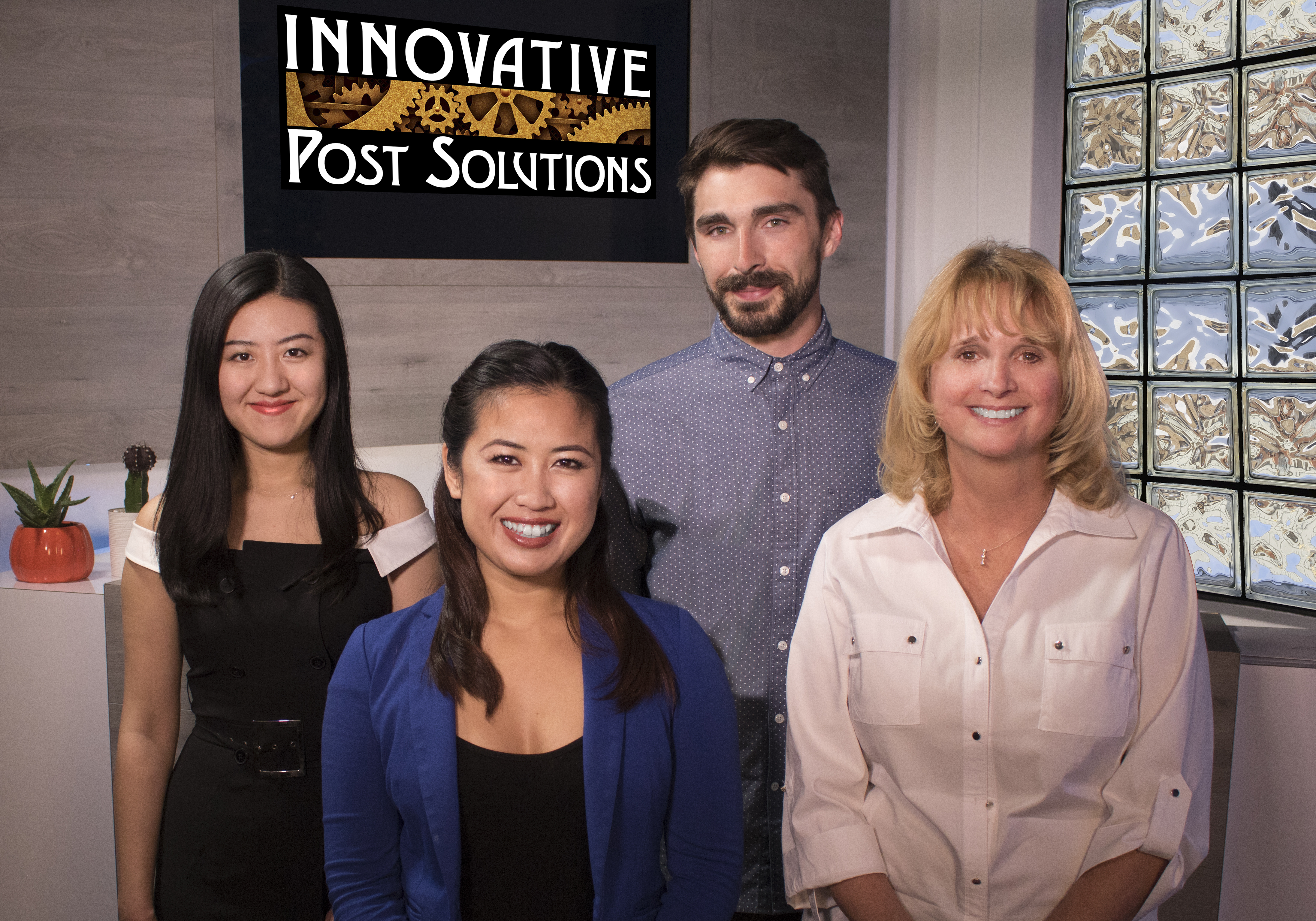While the precise definition of the Baby Boom has evolved over the years, the fact remains that, as reported by research company Nielsen, 70 percent of the disposable income in the United States is now controlled by a significant chunk of the population that ranges in age from mid-50s to early 80s. Nostalgia is a booming business—pun intended—and the affluent Boomer generation has become a target-rich environment for the media and entertainment industry. Movies, television programming, heck, even entire cable TV channels, have been created to serve the market.
Boomers put their hands in their pockets when the vinyl albums of their formative years came out on CD, then again when they were released in 5.1 surround. Now they’re buying vinyl once more, helping drive LP sales up for the 12th straight year. Sure, hipsters are buying vinyl, too, but it’s the Boomers who have the cash for high-end hi-fi gear and a desire to own Sgt. Pepper’s, Abbey Road and Dark Side of the Moon—again.
As Boomers ease into their golden years and their Barcaloungers, perhaps their thoughts also turn to the Golden Age of Television, and shows like I Love Lucy, Father Knows Best and The Twilight Zone. Imagine if you will, the potential market for old TV shows and movies similarly remastered and reissued.

Bingo! A business plan is born.
“Welcome to the Immersive Post storytelling facility,” says Jim Cerrotta, CEO, post-production supervisor, innovator and problem-solver at Innovative Post Solutions. He’s an award-winning picture editor specializing in animation and music videos, and a three-decade veteran of the business, working at Sony Pictures, Matchframe Video, Vitello Productions and elsewhere. In 2005 he founded Westlake Studios, which morphed into IPS, and he’s now investing in the future to monetize the past.
Cerrotta and his team like to play visitors a short demo reel featuring remastered scenes from TV’s original The Muppet Show. “IPS Creative Transform is an innovative and efficient process for remastering hit vintage films and television shows to 4K/UHD with immersive sound and picture,” says the voiceover.
The company’s client list includes Disney Interactive, Mattel, Pickaxe Productions and Astrablu Media. While some project details are under wraps, IPS recently announced that the company has signed on to remaster in Dolby Atmos and Dolby Vision the 1987 Best Foreign Film Oscar-winner, Babette’s Feast, which has the unique distinction of being Pope Francis’ favorite movie. (Note: A script for the sequel, Babette, has been completed, and Cerrotta said he will be working with writer/producer Josi Konski on it; IPS will do the post-production.)
Related: Power Station New England, by Tom Kenny, Mix, Feb. 27, 2018
Now, with a solid business in place, IPS is about to officially open a new facility in Burbank (it has additional facilities in Tennessee, France and Asia) that houses the former mix stage for The X-Files. Collaborating closely with Dolby Laboratories and consulting with multiple acousticians, Cerrotta and his team have rebuilt the room to conform to Dolby Atmos and Dolby Vision specs. Additional IPS facilities in the building, which houses several other creative companies, offer picture services, an immersive home playback environment and space for future Dolby Atmos and Dolby Vision QC suites.

The mix stage was completely refinished with a steampunk vibe by the IPS team, which includes Cerrotta’s wife and two sons, with creative input from everyone, especially creative director Rick Simonton and Don Devine, post-production supervisor and animation supervisor. This is a team that is not afraid to get its hands dirty.
“Everything you see, we built,” says Cerrotta. “Mix desk, absorbers, diffuser, table and ceiling lamps, and a 1906 theater chair we refurbished. The absorbers were built by us based on our design. The rear-wall diffuser was built by a new team member, Dave Bass.”
Pride of place belongs to twin Yamaha Steinberg NUAGE systems running Nuendo 8, built into custom wooden desk tops. “We bought a tree trunk that cost several thousand dollars,” he says.
The near-field Atmos 9.1.6 monitoring setup includes 15 JBL 708i reference speakers driven by a pair of Crown DCi 8 600N amps, plus a DCi 2 2400N-powered JBL SUB18, with a JBL Intonato 24 handling monitor management and optimization. Yamaha HS5 and Neumann KH120 speakers offer alternative stereo options.
“Considering the alternatives,” says Devine, “we choose Nuendo/NUAGE because our mixers came to us and said, ‘We’ve mixed with both, and we like this better.’ We also have Pro Tools for projects that require it.”
The Hollywood post community may be less familiar with Nuendo, says Scott A. Jennings, Dolby Atmos re-recording mixer and supervising sound editor. “But once we get enough people trained on it, I think it may give Avid a run for their money.” IPS draws on a pool of around 50 audio and video creatives, about two dozen of whom have been trained on NUAGE, Nuendo and Cubase.
Related: Kirk Franklin in Uncle Jessie’s Kitchen, by Tom Kenny, Mix, Jan. 31, 2018
Jennings, a 30-year industry veteran and multi-award-winner, first used Nuendo in 2005 on the film A Sound of Thunder and has the DAW in his own film mix room. He has also worked on films such as Dinner for Schmucks and Rules Don’t Apply beside fellow re-recording mixer Michael O’Farrell, a NUAGE owner.
“I love NUAGE,” says Jennings. “It’s such a nice surface. I think Yamaha spent the money in the right places. The jog wheel is really nice. I like the color scheme; it’s nice and easy on the eyes, and elegant looking. There are enough knobs and buttons for everything yet it’s not too complicated, and it’s easy to get around quickly.”

Down the hall from the Atmos mix stage is the IPS home theater, which is outfitted with consumer gear. “Everything in this room you can get at Best Buy,” says Cerrotta. “We have Atmos soundbars by Yamaha and Sony, as well as an Atmos 5.1.4 discrete speaker system by Klipsch. We want creatives, producers and executives to know that these are available, and that people are buying them.”
“Atmos and Vision have really taken off cinematically, and home theater and home entertainment are following suit,” says Gary Epstein, formerly of Dolby Laboratories, who joined IPS as director of advanced technology. “Dolby did a great job of getting Atmos renderers onto major movie lot mix stages and into consumer electronics,” says Epstein, who assisted Dolby’s dealers to also put renderers into the smaller post houses.
“The over-the-top distributors—Netflix, Apple, Amazon, Hulu and Vudu—are competing not just on price but also on content availability and quality. If they can say they have Dolby Atmos and Dolby Vision content that the consumer can enjoy, that gives the OTT provider a competitive advantage,” says Epstein, who toured as a systems engineer and mixer with Missing Persons, the Rolling Stones, Prince and James Taylor back in the day.
“At IPS we are aggressively pursuing this technology because it’s a growth industry. We’re in a perfect position to provide this service to content owners, to understand and carry forth the artist’s intent, audibly and visually,” he says.
Related: Following the Muse on Venice Beach, Andy Summers Makes Art on His Own Terms, by Bradley Bambarger, Mix, Jan. 5, 2018
Then there’s the location, just a stone’s throw from Jay Leno’s former NBC studio: “A lot of the decision makers live in this side of the [San Fernando] Valley and the Burbank area. Having this facility here is a convenience for content owners. We are also a short walk to Dolby’s Burbank facility.”
As the record business discovered during the launch of DVD-Audio, you need to hear 5.1 music to appreciate it. The same is true of Dolby Atmos and Dolby Vision, says Sid Patel, client solutions manager and post-production supervisor: “We need to educate the content owners and creators.”

Patel, whose résumé includes Disney, Mattel, MPI Media Group, Eagle Rock Entertainment, 20th Century Fox and others, recalls when Cerrotta first told him about Atmos. “I said, more speakers; who needs that?” Then he heard a Dolby Atmos demo. “It was really immersive. I always thought 3D was a visual thing. How can you make audio 3D? That doesn’t make sense. But it works.”
Patel is excited about the possibilities for remastering music videos, such as The Doors: Live at the Bowl ’68, released by Eagle Rock. “The original was released in SD, 2.0. We had the original mixer in Ojai remix it in 96k, 5.1 and made it HD. Now we can go to 4K/UHD with Atmos and Vision. Doors and Zeppelin fans are willing to spend more to get something new from a band they love,” he says.
“If you can get hold of the isolated elements, then you can pan them anyway you want,” says Devine. “You want clarity and separation to be able to hear all the elements and balance them nicely. I was blown away by the Atmos version of Elton John’s ‘Rocket Man.’ It was true to the original classic mix, but now suddenly you’re inside the song.”
Plus, he says, “There aren’t any rules. It’s fun to mix and fun to listen to.”
Cerrotta, a jazz drummer and longtime Pink Floyd fan, agrees. “If I did nothing but remaster music for the rest of my career, I’d be tickled,” he says.

Of course, sound is only half the equation. Dolby Vision offers additional immersion through its high dynamic range (HDR) picture, says Devine. “The blacks are blacker, the whites are whiter. The colors can be way more saturated than was previously possible on regular film projection or TV. It’s immersive in the way that it pulls you into the reality of the picture.”
The metadata in the Dolby Atmos and Dolby Vision streams ensure that the consumer experiences the content as it was intended, whatever the capabilities of the playback device—say, 5.1 or stereo. “Dolby, with Atmos and Vision, has this multi-tiered approach where you can see the content in a movie theater with a laser projector and a bunch of speakers, or at home on a Dolby Vision–enabled TV. It scales all the way down to mobile devices,” explains Devine.
Related: Dave Kutch Celebrates 10 Years at Harlem Facility The Mastering Palace, by Gary Eskow, Mix, Dec. 14, 2017
“Unearthing the original visual elements is critical,” he continues. “Some TV shows were shot on film, so you can rescan it and get all the dynamic range you need, then present it in a way that people have never seen before. [A lot of] people have never seen Citizen Kane or Hitchcock movies in theaters; they saw them on television or VHS. It’s a shame that nobody can really appreciate the care taken in exposing the film correctly back in those days. To re-present these films in Dolby Vision would be incredible, because the amount of information that’s on film is amazing.”
When the two Dolby technologies come together in the same programming, Devine says, “You have the synergistic effect of the sound being all around you and a compelling visual image that’s pulling you in. This treatment works on everything, no matter how simple the material is, even a sitcom on TV. The whole point is to pull people into the story. It’s easy to get caught up in the technicalities of it all, but it’s all about giving the viewers a more immersive experience.”
Innovative Post Solutions • innovativepostsolutions.com







